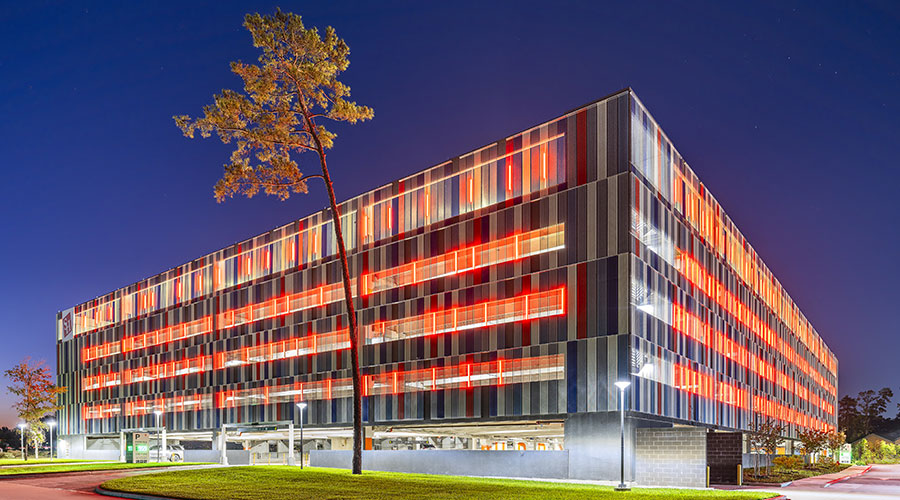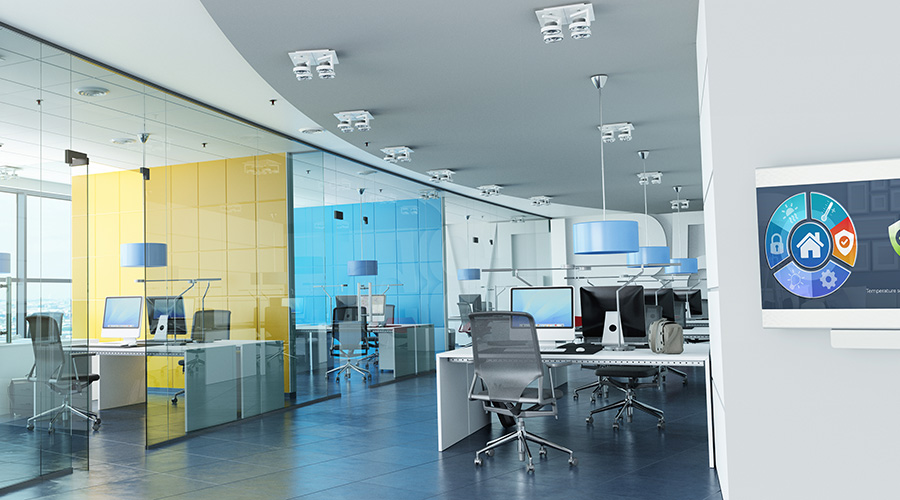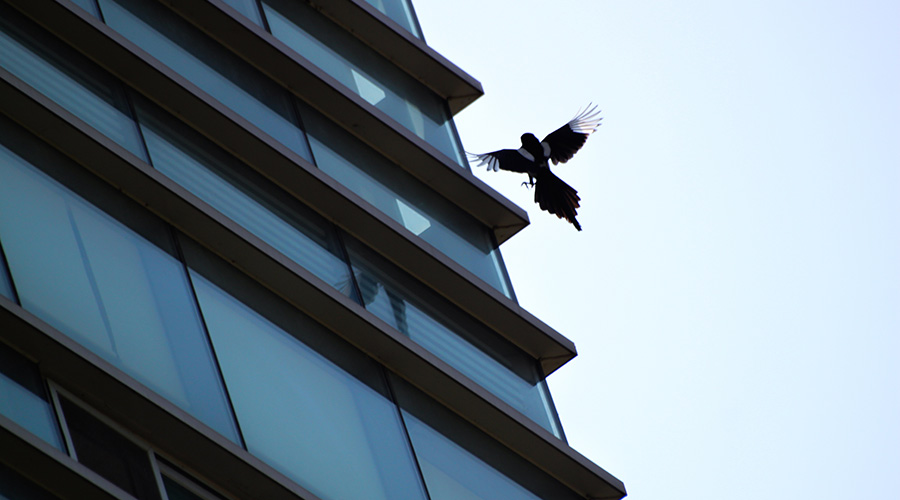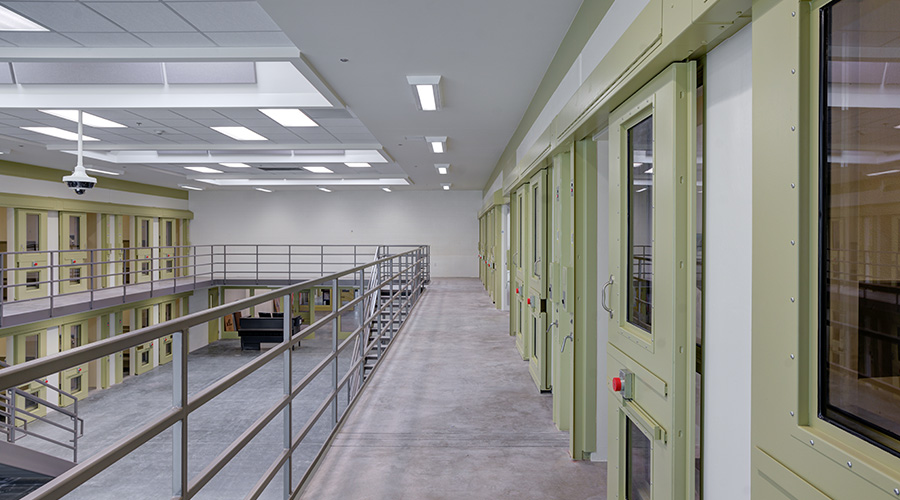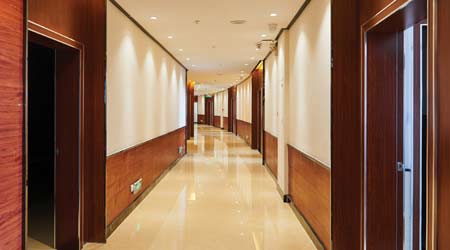 Advances in LED lighting can deliver benefits that include color tuning, white light color tuning, aesthetics, controllability and the ability to collect data via sensors.
Advances in LED lighting can deliver benefits that include color tuning, white light color tuning, aesthetics, controllability and the ability to collect data via sensors.Lighting Controls: Specifying Control Systems Based on Facility Needs
Depending on the situation and facility needs, managers should determine if onboard lighting controls, standalone lighting controls or room-based control systems are best for their facility.
Control considerations
In many buildings, the cost of installing new luminaires with onboard controls might be economical compared to retrofitting existing luminaires. Or existing luminaires might be older and show wear and tear, providing an incentive for replacement. This option can result in a new lighting system that can deliver improved lighting quality, aesthetics, energy savings, service life and control opportunities.
Some traditional standalone control options for existing buildings can be economical, such as wallbox occupancy sensors. The dimming capability inherent in most LED luminaires, coupled with the maturity of wireless communication and miniaturization of sensors, allows installation of control solutions once considered sophisticated and difficult to implement in existing buildings. Depending on the solution, capabilities include robust layering of control strategies, manual and automatic inputs, dimming and switching outputs, granular control zoning, color or white light tuning, and data collection.
New luminaires might be packaged or integrated with luminaire- or room-based control systems. Luminaire-based systems embed or integrate sensors in the luminaires, which allows them to respond individually for greater flexibility and energy savings. This follows the rule of thumb that the more flexible and responsive the control system, the higher the potential energy savings, particularly in spaces with varying levels of occupancy, daylight and tasks.
Room-based control systems package controllers and input devices for independent, preprogrammed, plug-and-play control. Both luminaire- and room-based control systems can be networked, which allows programmable control zoning and sequences of operation to make systems more responsive.
The next step up is building- or enterprise-based control systems, in which controllers in a building or across multiple buildings are networked. These systems allow programming via software, but they also enable performance and other data to be pulled to a central server or the cloud for use.
The system might measure energy use and monitor operating parameters with alarm features, which is useful for energy analysis and maintenance. The systems might feature sensors embedded in the luminaire that collect data. In some outdoor lighting control systems, sensors can collect data on everything from carbon monoxide to snowfall.
The most appropriate choice for a building depends on its characteristics, managers’ goals, and operator skills. The key point is that these options are much more accessible for existing buildings than in the past. Overall, connected intelligent lighting control systems are trending toward integration with luminaires, easier commissioning and operation, and applications that do not require low-voltage wiring.
Craig DiLouie, LC, CLCP, IES, is education director for the Lighting Controls Association — www.lightingcontrolsassociation.org — a NEMA-administered council dedicated to promoting lighting controls through education.
Related Topics:















